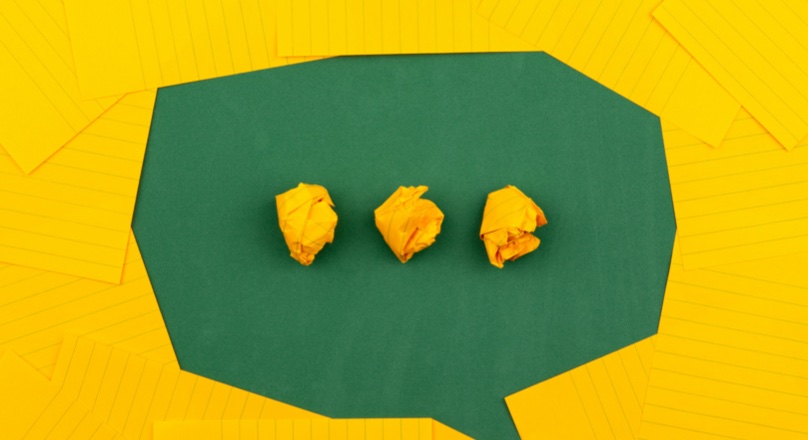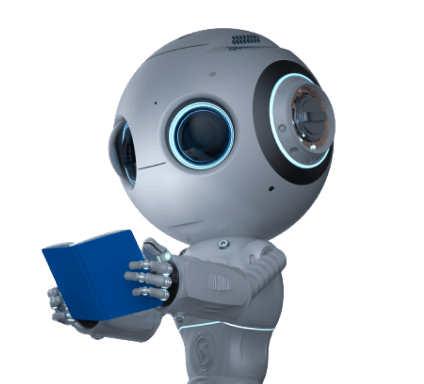Results for ""
OpenAI, an AI research company, recently announced ChatGPT, a prototype dialogue-based AI chatbot capable of understanding natural language and responding in natural language. The phototype took the internet by storm and has already crossed more than one million users. Some users marvel at the bot's brilliance, while some regard it as a replacement for Google.
ChatGPT acts as a well-known teacher and provides solutions to complex problems directly. The users can ask questions to the chatbot, and the platform uses AI to provide replies. In addition, the company has created it so users can receive technical and non-jargony responses.
ChatGPT, which employs deep learning to produce text that resembles that of a human and is based on the GPT- 3.5 language model, comes with the following features:
- Responding to questions and answers
- Solving math equations
- Composing texts such as basic academic articles, literary texts, movie scripts etc.
- Fix and debug
- Language translations
- Text summarizations and keyword detection
- Classifications
- Recommendations
- Explicit explanations of all actions
More engaging
The ChatGPT has an older GPT-3 model. Compared to the older model, it is more engaging. It is much better at generating detailed text and can even come up with pies. Another unique characteristic is its memory. The bot can remember earlier comments in a conversation and recount them to the user.
So far, OpenAI has only opened up the bot for evaluation and beta testing, but API access is expected to follow next year. With API access, developers will be able to implement ChatGPT into their own software.
Novel use cases
Even under its beta testing phase, ChatGPT's abilities are already quite remarkable. Aside from amusing responses like the pumpkin one above, people are already finding real-world applications and use cases for the bot.
YouTuber Boeree feels that kids spending hours on homework will be a thing of the past. So, she got the bot to write a full 4-paragraph essay and solve a complex math equation.
Software startup founder Amjad Masad got ChatGPT to spot errors in his code and produce a detailed output on what's wrong with it and how it can be fixed.
At the same time, some took the opportunity to analyze the sentimental side of the bot. When Canadian Musician Grimes asked the bot if it felt 'trapped, the ChatGPT responded by saying it lacks the ability to feel so.
Hurdles to overcome
While many people were in awe of the abilities of the bot, some were also quick to spot its limitations. ChatGPT is still prone to information and biases, which also plagues the previous version of GPT. For example, the model can give incorrect answers to algebraic problems. And since it appears so confident in its answers, people can easily be misled into believing those are true.
OpenAI has already recognized the bot's limitations and noted them down on its announcement blog. It stated that ChatGPT sometimes writes plausible-sounding bit incorrect or nonsensical answers. Fixing this issue is challenging as during IRL training, there is currently no source of truth. Training the model to be more cautious causes it to decline questions that it can answer correctly. Also, supervised training misleads the model because the ideal answer depends on what the model knows rather than what the human demonstrator knows.
Even with its persisting limitations, the bot is fun to interact with. The users are able to access the bot from its website.






